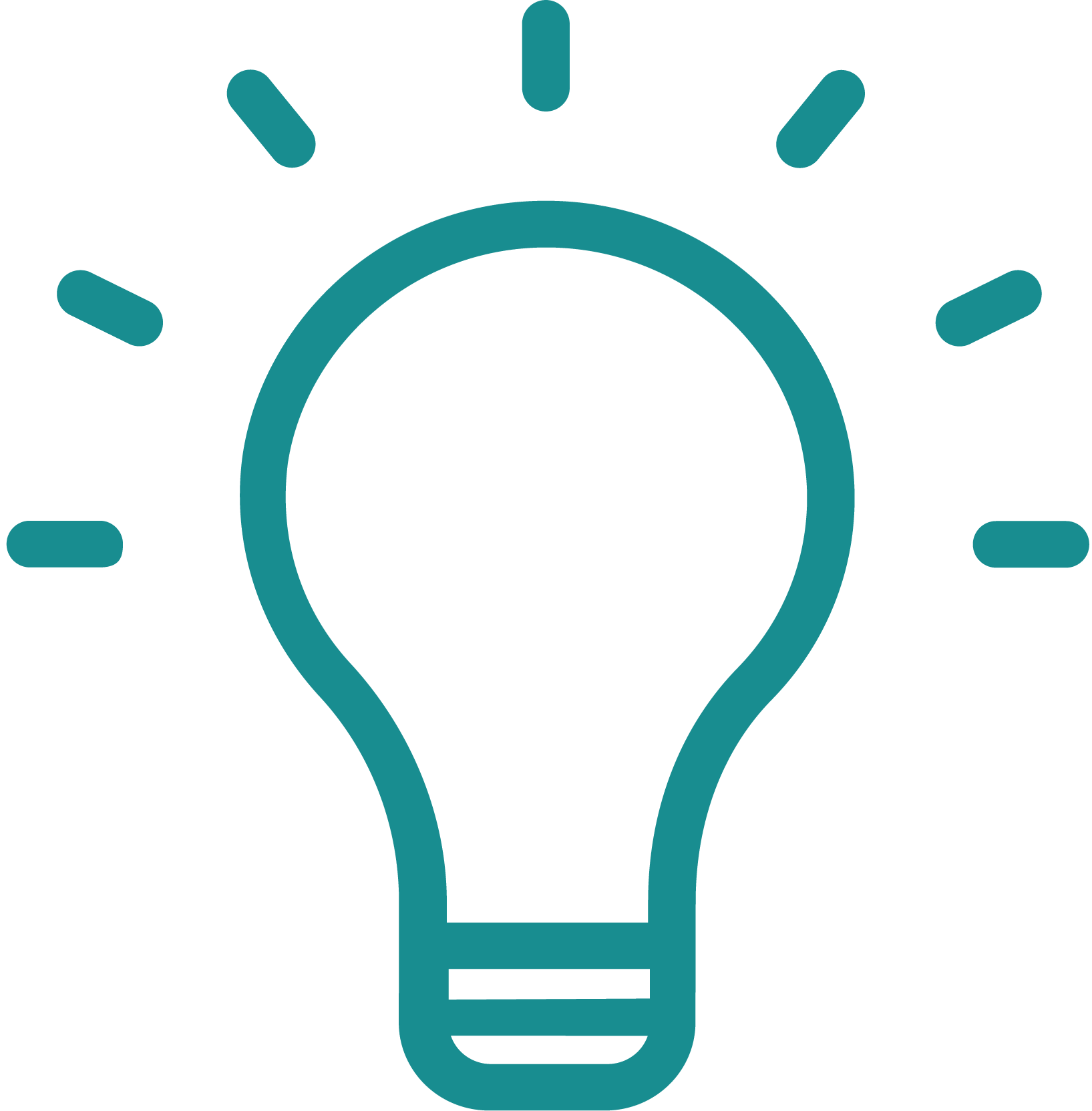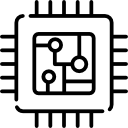Candidates
TU Delft Impact Contest

OPAL (semi-finalist)
Modern workspaces lack lighting that supports our natural rhythms, disrupting the balance between work and rest. Poorly designed lighting fails to energize us during the day or prepare us for rest at night, leading to fatigue, reduced productivity, and long-term health issues. This imbalance creates a disconnect from the natural flow of light our bodies crave, leaving us drained and unfocused. The result? A workforce struggling to perform at its best, both mentally and physically, in environments that ignore the profound impact of biologically effective light on our well-being.
Read moreOnCue, computer keyboard for people with Parkinson's Disease (semi finalist)
This project focuses on improving computer keyboard interaction for individuals with Parkinson’s disease, specifically addressing the symptoms of tremors and bradykinesia, which cause slowed movement and impair fine motor skills. The goal is to reduce frustration and avoidance behavior associated with keyboard use, making interaction more accessible and comfortable.
Read moreVi-te! (semi-finalist)
Vi-te addresses the inefficiencies and limitations in current qualitative UX research. Researchers often struggle to maintain momentum during interviews, miss key follow-up questions due to cognitive load, and waste time juggling separate tools for transcription, documentation, and analysis.
Read moreUni View (semi-finalist)
The housing market in growing European cities is highly competitive, leaving movers to navigate a long, costly, and frustrating process. Many are required to attend multiple in-person viewings, often leaving work or even traveling from abroad, which leads to significant financial and time burdens.
Read moreProject: Aerosail (semi-finalist)
The shipping industry is a major contributor to global carbon emissions, producing approximately 706 million tonnes of CO₂ annually. As international trade grows, emissions from shipping are expected to rise, posing environmental and regulatory challenges. Current fuel-saving technologies often require expensive retrofitting, making adoption difficult for shipping companies. There is a need for a cost-effective, easily deployable solution that reduces fuel consumption and emissions without disrupting existing fleet operations. Meeting stricter environmental regulations while maintaining economic efficiency is a critical challenge for the maritime sector.
Read moreInfrastructure monitoring software (InfraDCM) (semi-finalist)
Current methods for infrastructure monitoring are costly, time-consuming, and frequently destructive. Typically, road authorities must undertake multiple steps, including halting traffic, drilling core samples from road surfaces, conducting at least three stages of laboratory testing on the samples, retrieving raw experimental data, and consulting experts for data analysis. Based on this analysis, the experts eventually provide a corrective maintenance plan, which is often delayed and expensive. In the Netherlands, this process costs approximately 3.3 billion euros annually. It represents a continuous burden for road authorities such as Rijkswaterstaat (RWS), municipalities, and contractors.
Read moreHeatLift Dynamics (semi finalist)
Industries like manufacturing, food processing, and chemical production rely on gas-fired heating systems that are cost-effective but environmentally unsustainable. The shift to electrification, particularly heat pumps, is critical for reducing carbon emissions. However, this transition faces significant challenges, including high energy costs, inefficiencies in current heat pump technology, and grid congestion. For heat pumps to be a viable alternative, they must achieve a coefficient of performance that ensures cost-effectiveness. Without improved efficiency, businesses may delay adoption, hindering sustainability goals and increasing exposure to carbon taxes. HeatLift Dynamics aims to solve this by optimizing heat pump technology.
Read moreNaomi (semi-finalist)
Every morning, many people's willpower dies before the day even starts. The problem being addressed by Naomi is morning fatigue and difficulty waking up, which lead to underperformance. Inefficient waking methods disrupt the natural sleep cycle, causing stress, exhaustion, and decreased productivity. This can negatively impact mental health, leading to poor decision-making and reduced performance in both personal and professional life.
Read moreInteractive rehabilitation carpet for children with cerebral palsy (withdrawal competition)
Children undergoing lower limb rehabilitation, including those with cerebral palsy, often struggle with traditional therapy methods that lack engagement and personalization. Many rehabilitation tools are rigid, fail to address individual progress, and do not incorporate cognitive, social, or emotional aspects, which are crucial for holistic development. Additionally, current solutions require continuous supervision, limiting accessibility at home. There is a pressing need for an interactive and adaptable rehabilitation tool that transforms therapy into an engaging experience, encouraging self-motivated participation while supporting a wide range of pediatric patients who require lower limb rehabilitation through playful and immersive training.
Read moreParalas: Autonomous Drone-Based Inspection of Offshore Wind Turbines
Offshore wind turbines play a vital role in generating renewable energy but are located in remote and harsh marine environments. To ensure they operate efficiently, regular inspection and maintenance are essential. Currently, the industry depends on helicopters and ships to transport personnel to these turbines. This approach is slow, expensive, emits significant carbon emissions, and poses considerable safety risks. When a turbine requires inspection—due to bird strikes, storm damage, or routine wear—a complex logistical operation is needed to bring crews to the site. Technicians often have to rappel down turbine blades or manually operate drones on-site, necessitating their physical presence on the turbine. This exposes them to hazardous conditions, including unpredictable weather and the dangers of working at great heights over open water. The financial costs are substantial. Deploying helicopters and ships involves high fuel consumption, crew wages, and maintenance expenses. Coordinating these missions demands meticulous planning, factoring in weather conditions and equipment availability. Delays are common, leading to turbines being offline longer than necessary, resulting in lost energy production and revenue. As offshore wind farms expand—some with over 100 turbines spread across hundreds of square kilometers—the inefficiencies and costs escalate dramatically. Environmental impact is another significant concern. Using fossil fuel-powered helicopters and ships generates considerable carbon emissions, undermining the environmental benefits of wind energy. This contributes to global greenhouse gas emissions and contradicts the core objective of renewable energy projects: providing clean and sustainable power. Safety risks are inherent in the current approach. Transporting personnel over open seas and having them work on towering structures exposes them to significant dangers. Accidents can result from falls, equipment failures, or incidents during transit. The industry has recorded numerous safety incidents, leading to increased scrutiny and a pressing need for better protective measures. In summary, existing methods for offshore wind turbine inspection are unsustainable due to high costs, environmental impact, and safety hazards. There is an urgent need for innovative solutions that reduce operational expenses, minimize emissions, and enhance personnel safety.
Read more










